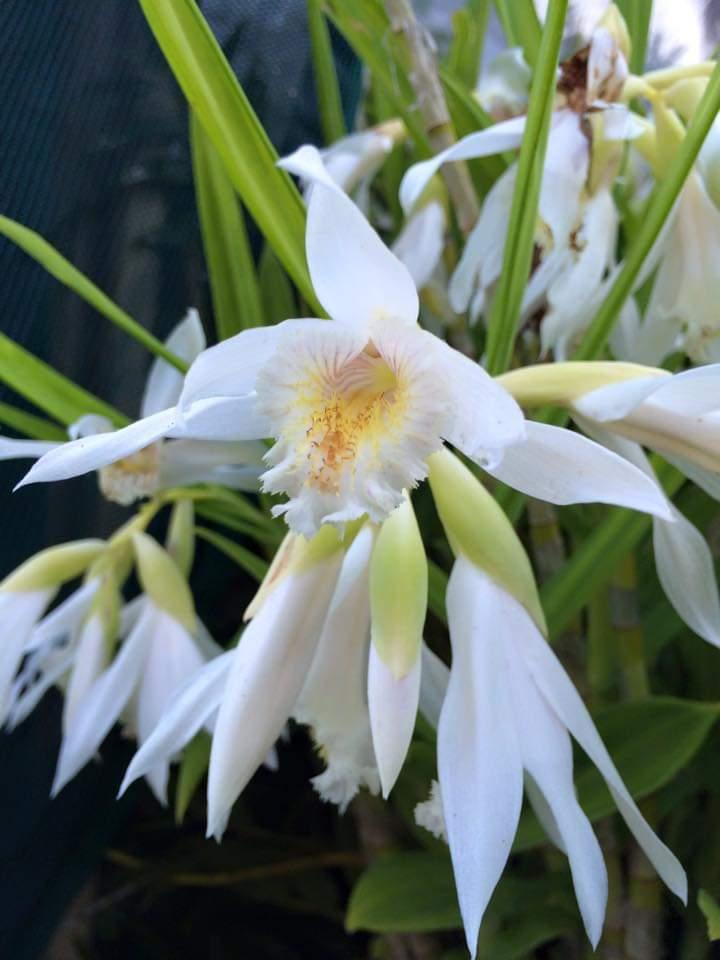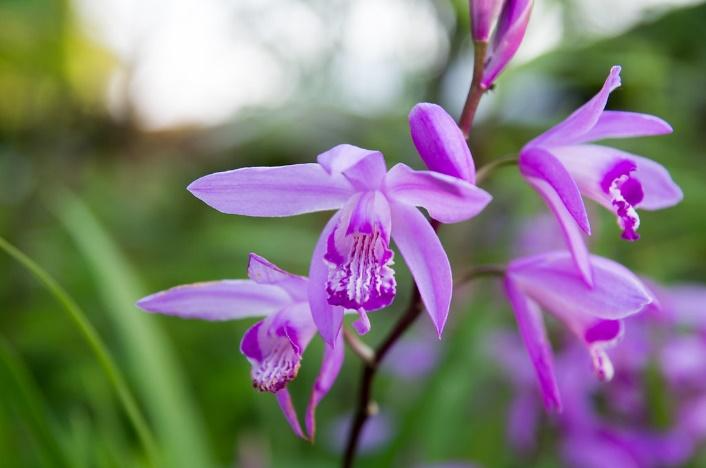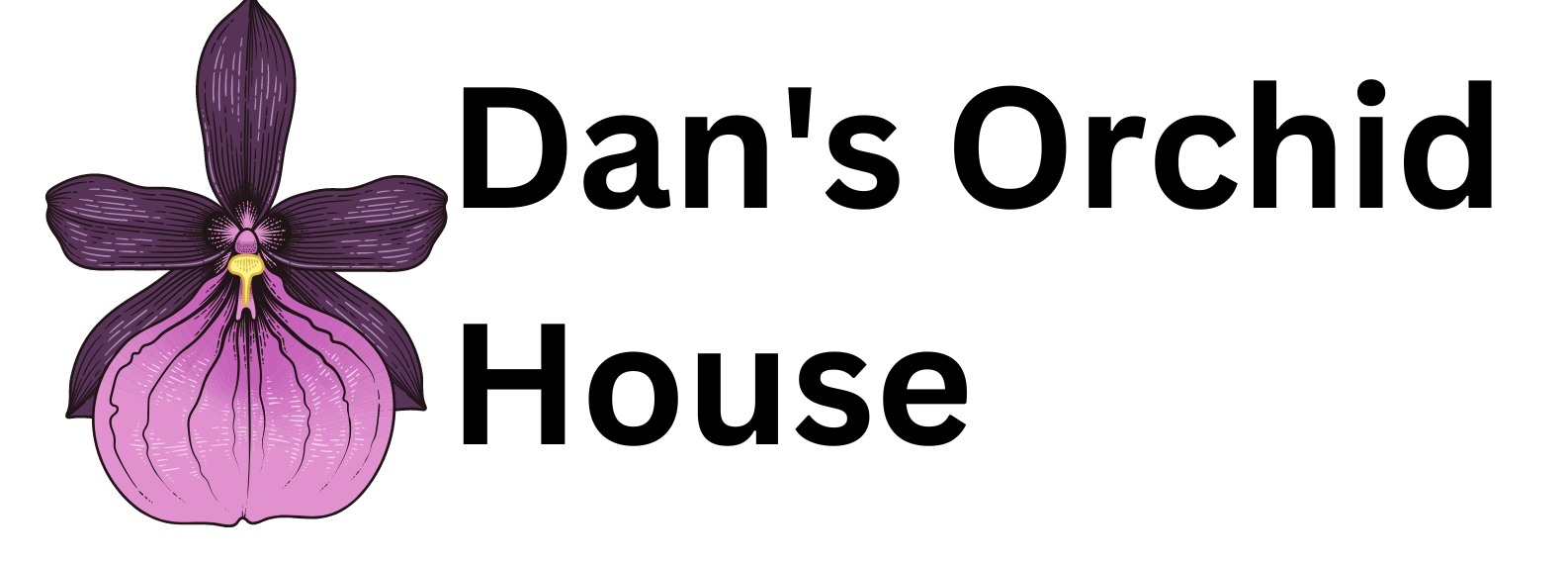My Top 5 Terrestrial Orchids Worth Trying
When most people think of orchids, they picture exotic blooms perched high in trees or clinging to rocks. But did you know there's a whole world of terrestrial orchids growing right at ground level? As someone who's spent years cultivating these hidden gems, I'm excited to share my top 5 terrestrial orchids that deserve a spot in your collection. These ground-dwelling beauties offer unique growing experiences and spectacular blooms that set them apart from their more common epiphytic cousins!
Thunia marshalliana

This plant is relatively common in, mixed collections and even amongst gardeners generally. This plant forms stems or elongated pseudobulbs up to two feet long which bear white and yellow cattleya like flowers at the top during December. The plant is deciduous over winter which is often the best time to repot into a moisture retentive well training mix. Once new growth starts at the base you should begin watering and fertilizing heavily and the plant can take full sun if grown in a saucer to keep the water up. In fact, often if you grow it in a shadier position it will refuse to flower. Other Thunia species are harder to find but also worth tracking down.
Bletilla striata

Also known as the Chinese Ground Orchid these plants are often available as bulbs during winter from a number of sellers. They are a winter deciduous plant that is one of the few orchids that does well in a garden setting. The purple flowers are born in mid spring and make an attractive display when grown on mass. Several colour forms are available including an attractive albanistic form and even one with variegated foliage. While not an orchid that captures the hearts of many orchid growers it is definitely one worth adding to a shady corner of your garden.
Pterostylis curta
An aussie native that is summer deciduous and grows from an underground tuber in Autumn and flowers in late winter. This plant is the most vigorous in the genus though nutans and baptisii are other species worth growing. I have grown mine in prepared succulent mix though there are countless other mixes suggested if you do your own research. These plants unlike others on this list are summer dormant and require minimal watering during summer or they will rot.
Stenoglottis fimbriata
In my view the easiest and best growing of this genus though all are worth growing including some of the hybrids. This winter deciduous plant flowers in mid-Autumn on strong stems of small pink and white flowers. It multiplies well and a specimen is an impressive sight. It should be kept on the dry side while dormant with watering increased once you see growth commence.
Calanthe triplicata
An evergreen aussie native with the common names of Christmas Orchid and Swamp Orchid which gives you a few tips to its flowering and growing. Its indigenous to rainforest areas near watercourses and enjoys a moist mix throughout the year. In the warmer months I keep mine with a saucer once new growth starts. Its white flowers during December with flowers developing and opening progressively over several weeks. It can grow to be a large plant and enjoys shade. This really is one of my favorite orchids and other than being a little prone to attack by snails and mealy bugs.
These five terrestrial orchids demonstrate the incredible diversity beyond traditional epiphytic varieties. Each offers unique growing challenges and rewards, from Thunia's sun-loving nature to Calanthe's year-round beauty. Whether you're looking to expand your collection or create an impressive garden display, these ground-dwelling orchids deserve your attention. Why not start with one of these fascinating species and discover the joy of terrestrial orchid growing for yourself?

Member discussion